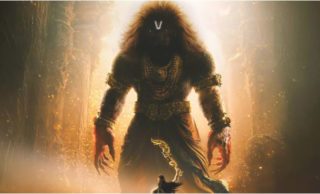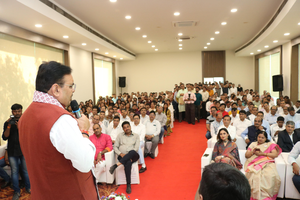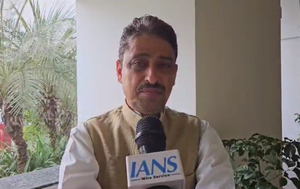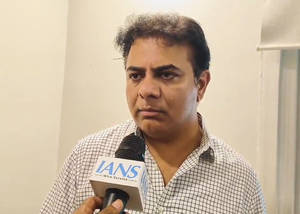 In May 1996, India witnessed an epic moment in the Parliament when Atal Bihar Vajpayee’s first time brought him a floor test within 13 days of taking oath as India’s Prime Minister when BJP emerged as the single-largest party in Lok Sabha. But, with its 161 seats and Congress at 140, BJP was way short of halfway mark of 272 and Vajpayee was given two weeks by the President to prove his support in the house.
In May 1996, India witnessed an epic moment in the Parliament when Atal Bihar Vajpayee’s first time brought him a floor test within 13 days of taking oath as India’s Prime Minister when BJP emerged as the single-largest party in Lok Sabha. But, with its 161 seats and Congress at 140, BJP was way short of halfway mark of 272 and Vajpayee was given two weeks by the President to prove his support in the house.
Despite all efforts from the group of BJP leaders who tried to woo smaller parties to join the BJP and support them, their efforts failed as they couldn’t cross 194 member-strength in the Parliament. A few minutes into the speech, Vajpayee said: “We bow down before the stronger alliance… but rest assured that we won’t rest until we finish the work we have begun in the nation’s interest,” following which he resigned as the Prime Minister, after losing the no-confidence motion.
Cut to 2019 Lok Sabha elections. Going by the kind of leadership Vajpayee offered the BJP, 23 years later, if one observes Modi-Shah’s style of leadership, one can see a complete contrast in the leadership style and moral responsibility towards party. Even if NDA falls short on numbers (despite the exit polls showing 300 plus seats for the BJP), there are chances that Modi-Shah could buy out MPs rather than resign in style like Vajpayee did.
As they say, desperate times demand desperate measures, Modi may have given a new direction to the party, but the party insiders still feel that morally and ethically, the party is changing according to the times. What Modi’s style of leadership also indicates is a whiff of arrogance coupled with immense self-belief that the BJP can make its “Akhand Bharat dream true,” unlike Vajpayee who believed that poaching candidates from other parties is an unethical move in politics. Well, Modi is definitely not Vajpayee!
Recent Random Post:















